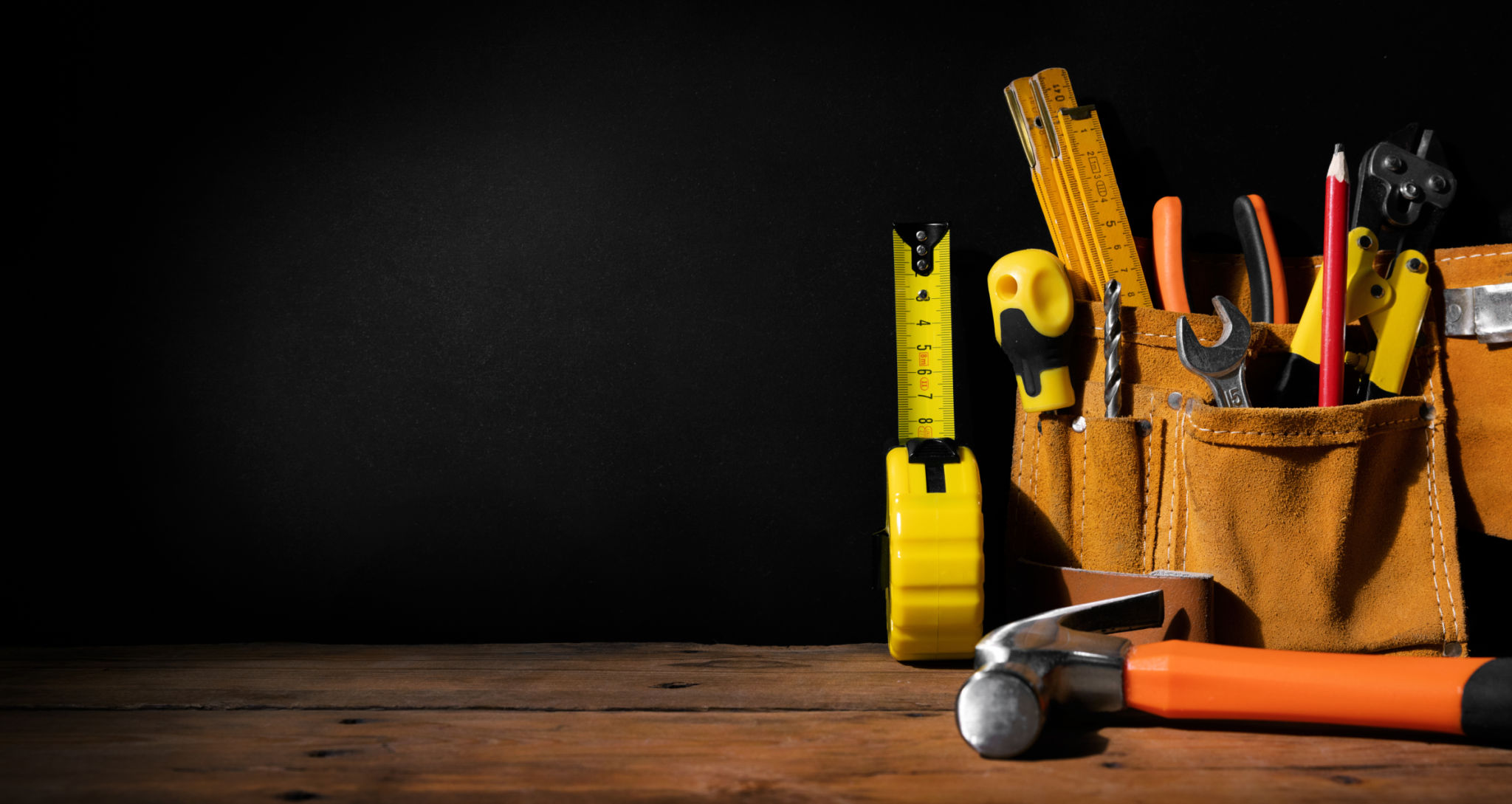DIY Tips for Basic Equipment Maintenance: What You Can Do at Home
Maintaining your equipment at home is not only a cost-effective way to extend its lifespan but also ensures that everything runs smoothly. With a few basic tools and some DIY know-how, you can handle minor maintenance tasks without needing professional help. Here are some practical tips to get you started.
Understanding Your Equipment
The first step in any maintenance routine is understanding the equipment you're dealing with. Whether it's a lawnmower, a chainsaw, or an air conditioner, familiarize yourself with its manual. Manuals provide crucial information about parts, maintenance schedules, and troubleshooting tips. Keep the manual handy for quick reference whenever needed.
Safety First
Before starting any maintenance work, ensure safety is your top priority. Always disconnect the power source of electrical equipment before servicing it. Wear appropriate safety gear, such as gloves and goggles, to protect yourself from any potential hazards. A safe workspace is essential for effective maintenance.

Regular Cleaning
Dirt and grime can significantly affect the performance of your equipment. Regular cleaning is a simple yet effective way to keep everything running smoothly. Use a dry cloth or mild detergent to clean surfaces, and make sure to dry them thoroughly afterward. Pay special attention to air filters and vents, as these areas tend to accumulate dust quickly.
Lubrication
Many mechanical parts require regular lubrication to function properly. Check the owner’s manual for recommended lubricants and apply them as directed. Lubricating moving parts reduces friction, prevents wear and tear, and ensures smooth operation. Be cautious not to over-lubricate as it can attract dirt and debris.

Inspecting for Wear and Tear
Regularly inspect your equipment for any signs of wear and tear. Look for cracks, rust, or any unusual noises during operation. Early detection of potential issues can prevent more significant problems down the line. Replace worn-out parts promptly to avoid further damage.
Tightening Loose Parts
Over time, vibrations can cause screws and bolts to loosen. Periodically check and tighten any loose parts to keep everything secure. A small wrench or screwdriver is usually all you need for this task. Don't ignore loose parts, as they can lead to malfunctions or accidents.

Battery Maintenance
If your equipment is battery-operated, ensure the batteries are in good condition. Regularly inspect batteries for corrosion and clean the terminals if needed. Store equipment in a cool, dry place when not in use to prolong battery life. Charging batteries according to the manufacturer's instructions will also help maintain their efficiency.
By incorporating these simple DIY maintenance tips into your routine, you can ensure your equipment remains in top shape and avoid unnecessary repairs. Remember that regular care not only enhances performance but also adds years to the life of your equipment. Happy maintaining!